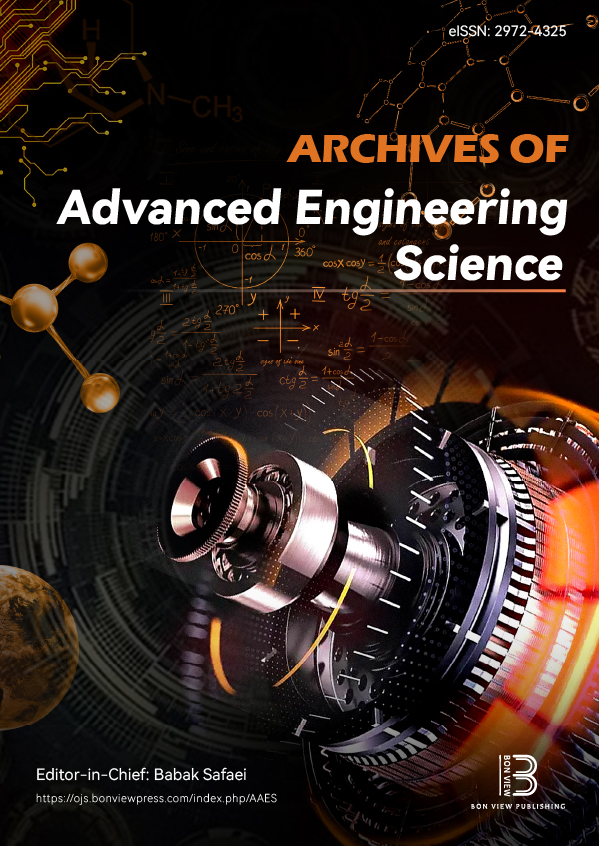Practical Sensor Performance and Methodology for Measuring Permittivity of Dielectric Plates in the Microwave Frequency Range
DOI:
https://doi.org/10.47852/bonviewAAES52025202Keywords:
printed microwave circuit, dielectric plate, complex permittivity, measuring, installation, sensitivityAbstract
A wide range of microwave devices, particularly those intended for use in telecommunication systems, are manufactured using printed circuit board technology. Designing such devices requires precise knowledge of the properties of the dielectric plates used. In this article, the authors propose a very easy-to-manufacture measuring device that combines the nondestructive testing inherent in the free space method with the ability to achieve the accuracy of the resonance method. Two factors provide the advantages of the proposed installation: the peculiarities of the plates' geometric structure and software processing of the measurement results. One- and two-port designs are considered, and the features of the corresponding algorithms for processing measurement data are investigated. The results of electrodynamic modeling of strip-line fixtures in the CST Studio Suite environment confirm their operability and the possibility of providing sufficiently high sensitivity when measuring the complex permittivity of plates made of various materials. Areas for future research are discussed.
Received: 12 January 2025 | Revised: 13 May 2025 | Accepted: 14 July 2025
Conflicts of Interest
The authors declare that they have no conflicts of interest to this work.
Data Availability Statement
Data are available on request from the corresponding author upon reasonable request.
Author Contribution Statement
Yuri Choni: Conceptualization, Methodology, Formal analysis, Writing - original draft, Writing - review & editing, Visualization. Vladimir Lavrushev: Methodology, Software, Formal analysis, Investigation, Visualization. Alexander Avksentev: Software, Formal analysis, Writing - review & editing.
Downloads
Published
Issue
Section
License
Copyright (c) 2025 Authors

This work is licensed under a Creative Commons Attribution 4.0 International License.


